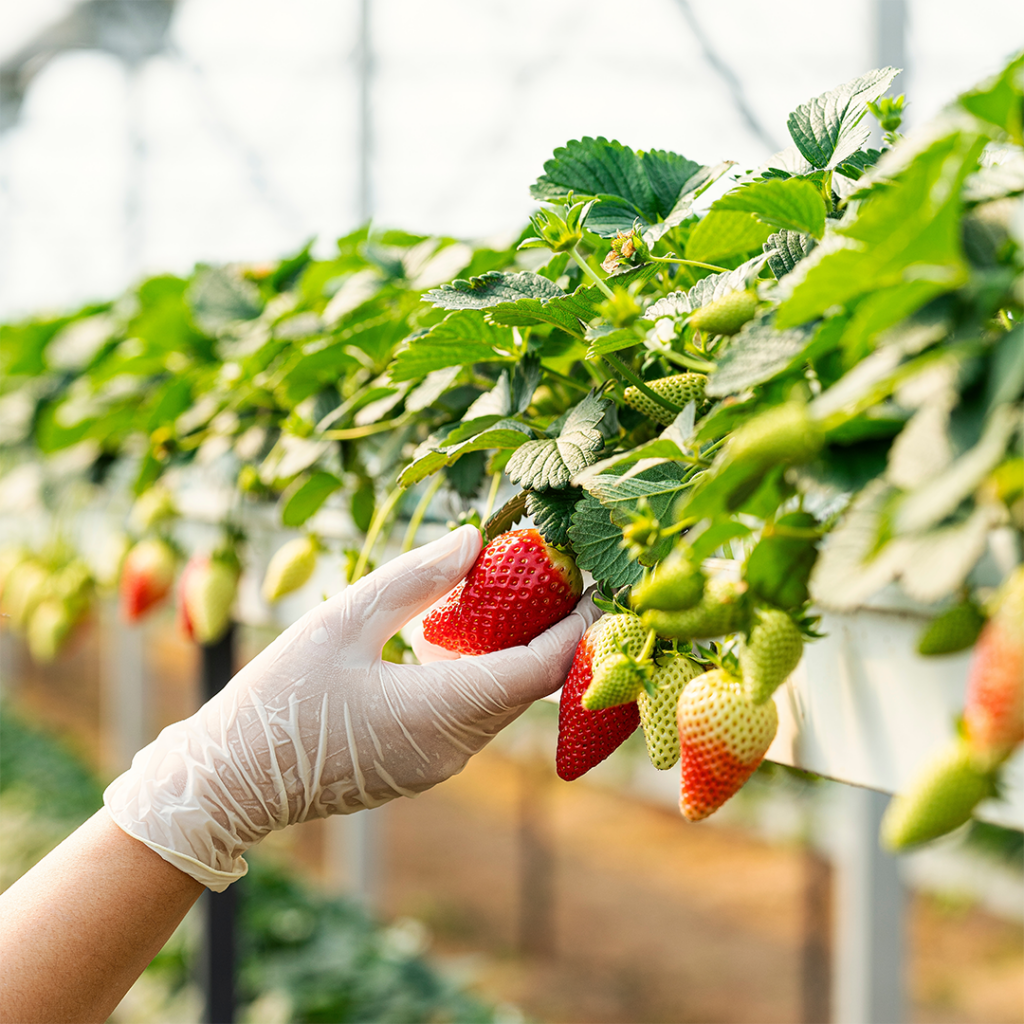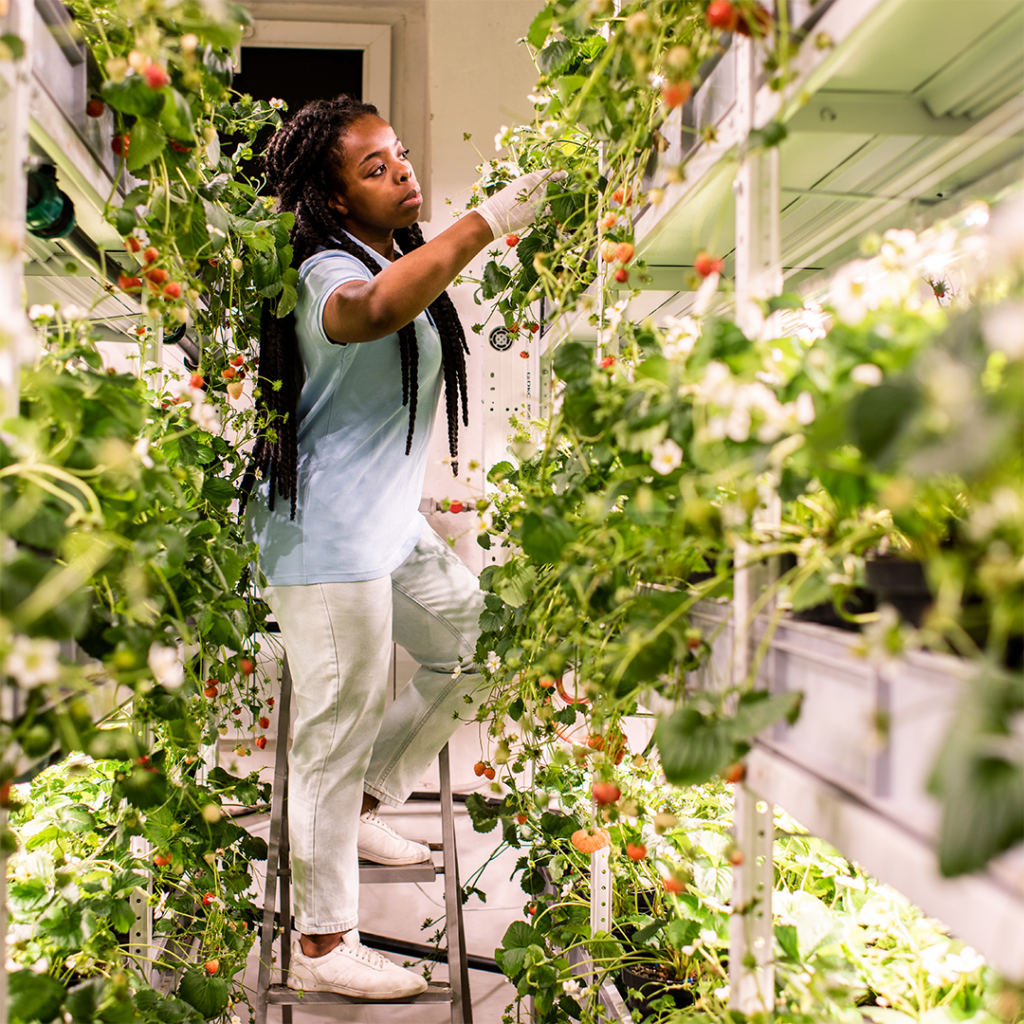
At Misfits Market, we’re always looking for ways to support a better food system—and that includes how food is grown. Our latest collaboration with indoor vertical farming innovator Oishii proves that you don’t need sprawling farmland to grow flavorful, high-quality produce. In fact, some of the most exciting advances in agriculture are happening in urban warehouses and converted factories.

Vertical farming is exactly what it sounds like: growing food in stacked layers, often in controlled indoor environments that use hydroponics (growing plants in water, not soil) or aeroponics (mist-based systems). While the process may look different from traditional farming, the goal is the same—grow nutritious, delicious food. And in many ways, vertical farms are doing that more efficiently than ever before.
Here are just a few of the reasons why vertical farming is one of the most promising innovations in agriculture:
Space Efficiency
Vertical farms make the most of every square foot. By growing upward instead of outward, these farms can yield far more food using a fraction of the land. That’s great news in places where land is limited or expensive—like cities—making it easier to grow food closer to the people who eat it.
Reduced Water Use
Traditional agriculture can be extremely water-intensive, but vertical farms often use hydroponic systems that recirculate water. Some systems can reduce water consumption by up to 95%, making vertical farming a smart solution for regions facing water scarcity.
Year-Round Growing
Because vertical farms aren’t subject to weather or seasonal changes, they can produce consistent yields all year long. That means more food, more often—and fewer disruptions due to unpredictable climate conditions.
Fewer Pesticides
Controlled indoor environments are less prone to pests, which means fewer chemicals are needed to grow healthy crops. That’s good for the environment, farm workers, and the people who eat the food.
Lower Food Miles
Vertical farms can exist almost anywhere—even inside city limits. By growing closer to the point of consumption, these farms reduce the need for long-distance transport, which in turn reduces fuel use, emissions, and food spoilage.
Better for the Planet
With more efficient use of land and water, fewer chemical inputs, and less transportation required, vertical farming represents a more sustainable model for agriculture. It’s a growing solution (pun intended!) that aligns with our mission to reduce food waste and improve the food system from the ground up.

Our Take? Vertical farming isn’t a silver bullet, but it’s a step in the right direction. It shows what’s possible when we embrace innovation in agriculture—and invest in solutions that work for both people and the planet.
Keep an eye out for more vertically farmed products at Misfits Market, including our latest fan-favorite: Oishii Wabi-sabi Berries! Because whether it’s grown in a field or a factory, great produce deserves a spot in your cart.
